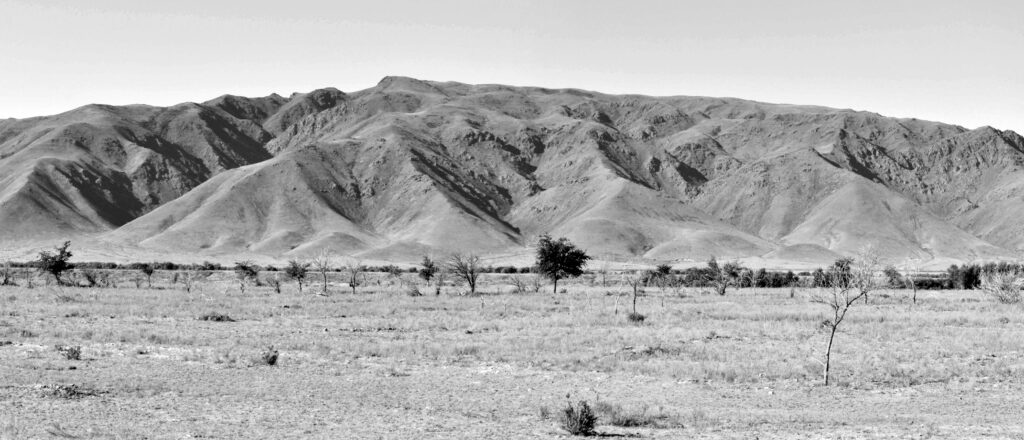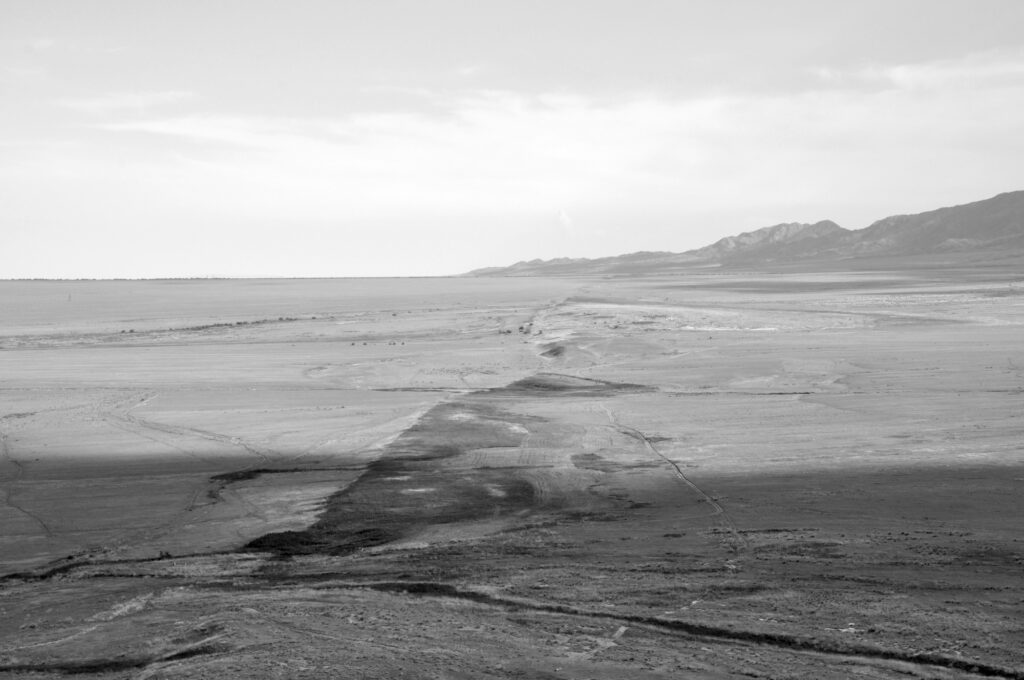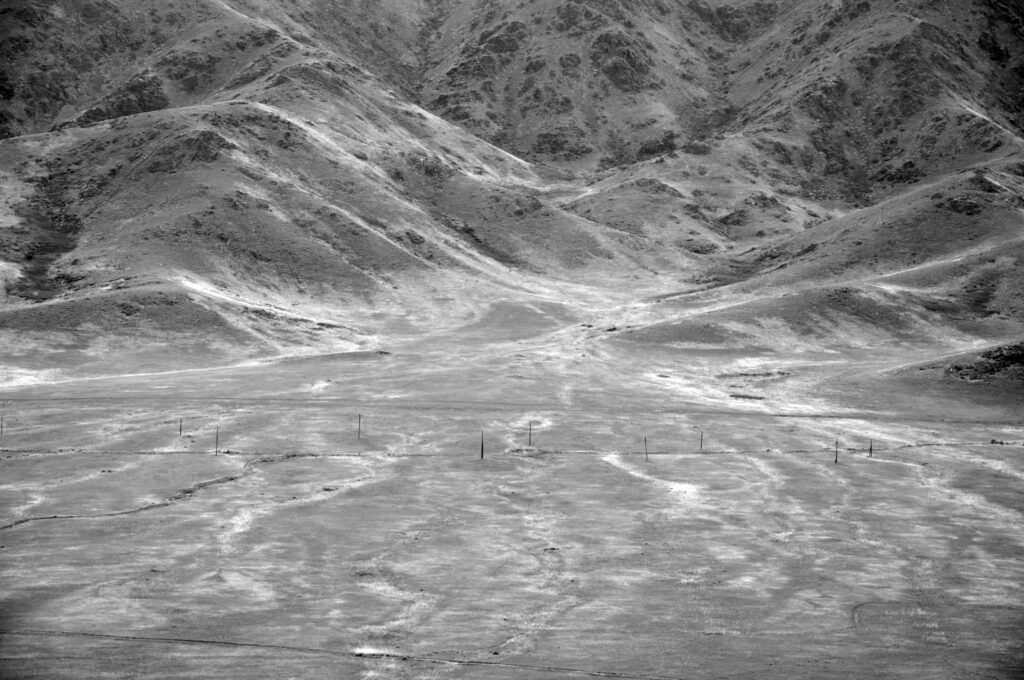In Kazakhstan, we work on the northern Tien Shan, the Dzhungarian Alatau, and the Altay Mountains. Currently we are concentrating our efforts in the NATO-funded project SPS G5690 – “Earthquake Hazard and Environmental Security in Kazakhstan and Kyrgyzstan” in the framework of the Science for Peace and Security (SPS) Programme. This project will run until November 2024 and is aimed at a better understanding of the active faults in the area and the hazard they pose for people and infrastructure.


We are investigating the Tien Shan range front, along which the former capital of Kazakhstan is situated. Quickly growing Almaty hosts more than 1.7 million inhabitants and is one of the economical centres of entire Central Asia. Almaty has been badly hit by three large earthquakes in the late 19th and early 20th centuries. However, the range front fault has not ruptured in historical times. The earthquake history of this fault and its seismic potential are one of our main interests.
In Dzhungaria, we investigate the regional tectonics and the long reverse and strike-slip faults that shape the landscape. The Dzhungarian Fault runs along one of the few international transit routes from China to Europe and probably hosted some of the strongest earthquakes that ever occurred in continental interiors.

